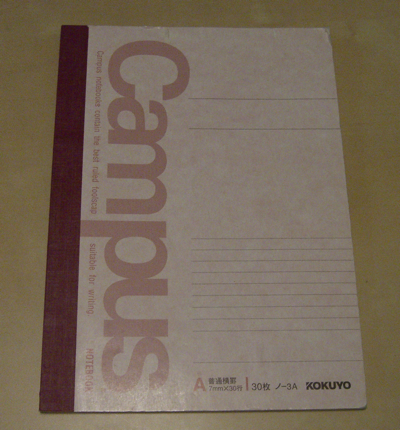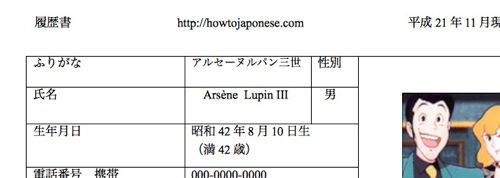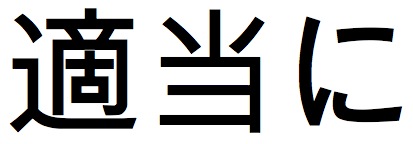Apologies for the delay with this post. I meant to put up a summary of the comments on this post earlier but have been really busy the past two weeks.
Well, I should start by admitting my mistake. What I was hearing was ゆった, as many of you mentioned, and not いうった – no one says it with the extra syllable. Facebook friend Kaida noted that い and う are difficult to pronounce together, so they blend to the simpler and more “pleasant” ゆう. This is a phenomenon known as 音便 (おんびん) – in English, euphony or phonaesthetics.
Wikipedia lists four different types of 音便 – イ音便, ウ音便, 撥音便 (はつおんびん), and 促音便 (そくおんびん).
The first two are relatively straightforward – a character changes to い or う. Some cool examples:
「日向」 ヒムカ → ヒウガ → ヒューガ
I had a student named Hyuga, so I thought this one was cool. It’s also an area down in Kyushu.
「白-人」 シロヒト → シロウト → シロート 「素人」
This is totally self-applied.
「埼玉」 サキタマ → サイタマ
I’ve never been to Saitama or Sakitama.
撥音便 is when a character changes to ん:
「読み-て」 ヨミテ → ヨンデ 「読んで」
So clearly the language has evolved.
And 促音便 is the origin of the っ in many verbs:
「言ひ-て」 イヒテ → イッテ 「言って」
Getting closer to what we are interested in…
I don’t see how いう→ゆう falls into any of those categories (there are no y音便), so it must be a less rule-based phenomenon. Akaaki found this explanation in his dictionary:
ゆ•う【言う・云う・謂う】
「い(言)う」の終止•連体形を「ユー」と発音するところから、「ゆ」が語幹と意識されてできた語形。終止•連体形以外で「ゆわない」「ゆった」などと言うこともあるが、本来の言い方ではない。
So it isn’t formal 音便 per se, but it amounts to 音便. People registered いう as ユー, and it leaked over to other forms of the verb.
There’s a really interesting thread on 2ch where you can watch a bunch of locals fight it out. It includes this passage:
かつて動詞「言う」の活用は,
/ifa-/ /ifi-/ /ifu/ /ifu/ /ife-/ /ife/
と,語幹 /if-/ がはっきりしていたが,後の音韻的な変化によって,
/iwa-,io-/ /ii-,iQ/ /yuu/ /yuu/ /ie-/ /ie/
となり,語幹が /i-/ なのか /yu-/ なのかわからなくなった.
話者によっては(無意識的に)この状態を好まず,
基本型 /yuu/ の形に近い /yu-/ を新たに語幹として,
/yuwa-,yuo-/ /yui-,yuQ-/ /yuu/ /yuu/ /yue-/ /yue/
という,ある意味合理的な活用を作り出したと考えられる.
Which is similar to the research that Doug Durgee dug up. Back in Princess Mononoke times, there were like 100 times more sounds in the Japanese language. Then they all got drunk and before they realized it they were talking like おっさん (best part is last two seconds).
As for 行く, it was definitely ゆく before いく. I don’t think it gets used as ゆった, so I’m still convinced that 言った→ゆった also helps distinguish between the two (although that may not be a causal reason it originated). ゆく definitely harks back to more 渋い times:
歌なんかでは「ゆく」の方が多いような気もしません?
In the end, I think ゆう・ゆった・ゆわない is used pretty much all over Japan, perhaps at higher rates in the 地方. The best thing about this post is that it will force me, and hopefully some of you, to be a little more aware of how people are using it and who those people are. If you make any discoveries, definitely post them here. I’ll do the same. Until then, feel free to use either version yourself. Just be careful not to over-音便. We don’t want to end up saying things like “finky.”








